If there’s one photography genre that I’d consider a bit of an outlier, it’d be sports photography. There’s a lot to take into account while shooting sports, with everything from lighting and your shutter speed, to trying to anticipate every athlete’s move.
Over the years I’ve photographed quite a few sports. And while it’s not something I do on the regular, I like to think that I’ve gotten good at getting ready for that perfect moment.
I had a chance to talk with Tamron Pro Marcie Reif (@marcie_reif_photography), a kids, family and commercial photographer in Atlanta, GA. She’s the founder of The Roadtripper’s Retreat, an educational experience for female photographers, and the author of the best-selling instructional resource, ”Bringing Home the Story of the Beach.” In her spare time, Marcie hits the field with her children, and loves to photograph their sports. She applies the same techniques she uses when photographing kids and capturing movement on the field.
Every parent wants to remember those moments when your son or daughter is on the field, and Marcie offered up a few tips on how to make sure you get that special moment.
Know your gear
.mgl-tiles { display: none; } #mgl-gallery-634eb98bab614 { margin: -5px; width: calc(100% + 10px); } #mgl-gallery-634eb98bab614 .mgl-box { padding: 5px; } @media screen and (max-width: 768px) { #mgl-gallery-634eb98bab614 { margin: -5px; width: calc(100% + 10px); } #mgl-gallery-634eb98bab614 .mgl-box { padding: 5px; } } @media screen and (max-width: 460px) { #mgl-gallery-634eb98bab614 { margin: -5px; width: calc(100% + 10px); } #mgl-gallery-634eb98bab614 .mgl-box { padding: 5px; } }
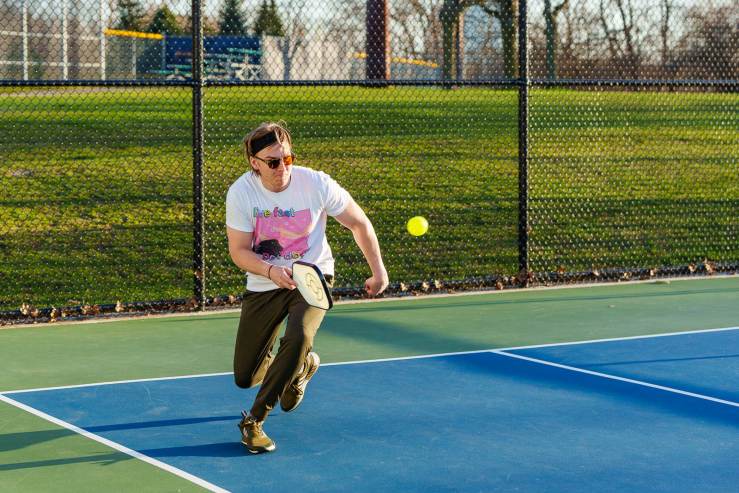
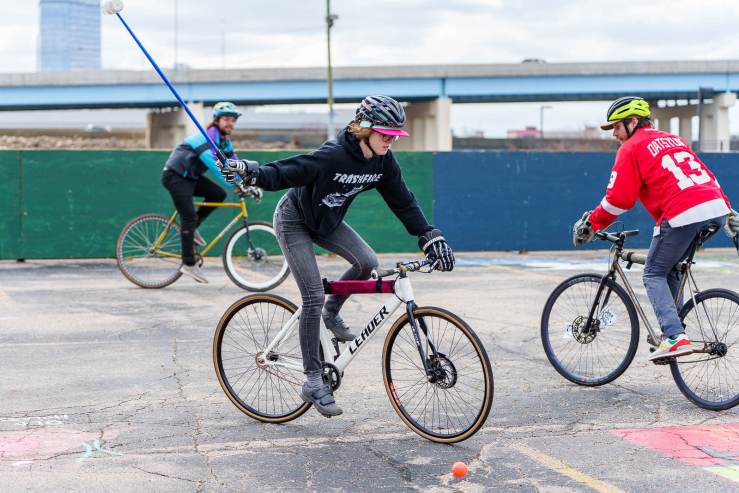
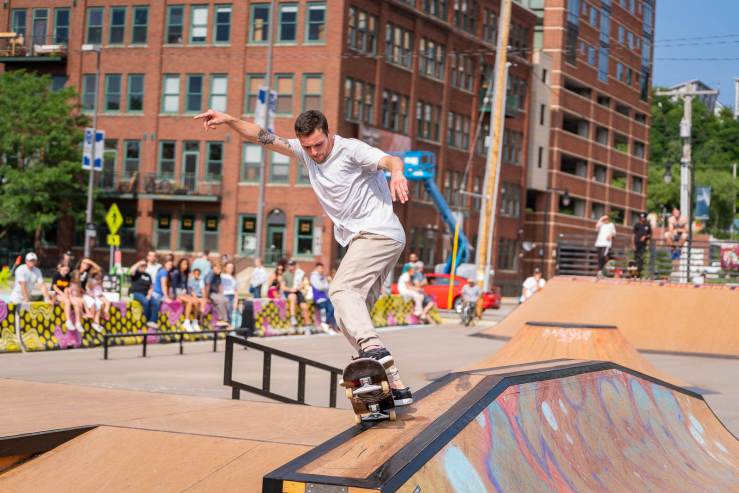

While a lot of cameras and lenses will work for capturing sports, there are some that just take that next step, letting you capture exactly what you had envisioned. For me, I rely on the Sony a1 and a7 IV, along with the Tamron 70-180mm f/2.8 lens. Marcie loves this lens, as it gives her flexibility for multiple views. ”I love the focal range and that I can get some close-up shots, but also have a lot of flexibility to capture the game with the 180mm range when the athletes aren’t so close to me.”
This lightweight combo lets me get a variety of different shots — both close and further away — with ease.
Having in-body image stabilization and up to 30fps (when using the electronic shutter) ensures that I won’t miss a shot. And having a lens that’s super lightweight and doesn’t weigh on you while you’re waiting at the finish line for hours, means that you’ll not only stay comfortable, but you’ll have a lens that will perform incredibly well when needed.
Know the sport
.mgl-tiles { display: none; } #mgl-gallery-634eb98baceb8 { margin: -5px; width: calc(100% + 10px); } #mgl-gallery-634eb98baceb8 .mgl-box { padding: 5px; } @media screen and (max-width: 768px) { #mgl-gallery-634eb98baceb8 { margin: -5px; width: calc(100% + 10px); } #mgl-gallery-634eb98baceb8 .mgl-box { padding: 5px; } } @media screen and (max-width: 460px) { #mgl-gallery-634eb98baceb8 { margin: -5px; width: calc(100% + 10px); } #mgl-gallery-634eb98baceb8 .mgl-box { padding: 5px; } }
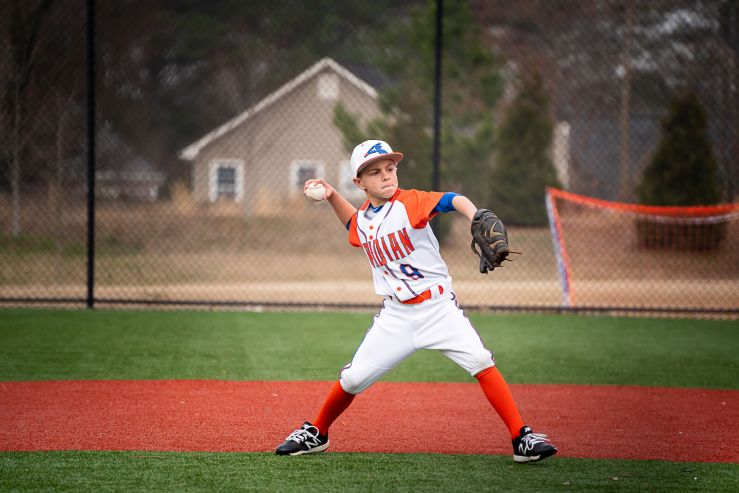

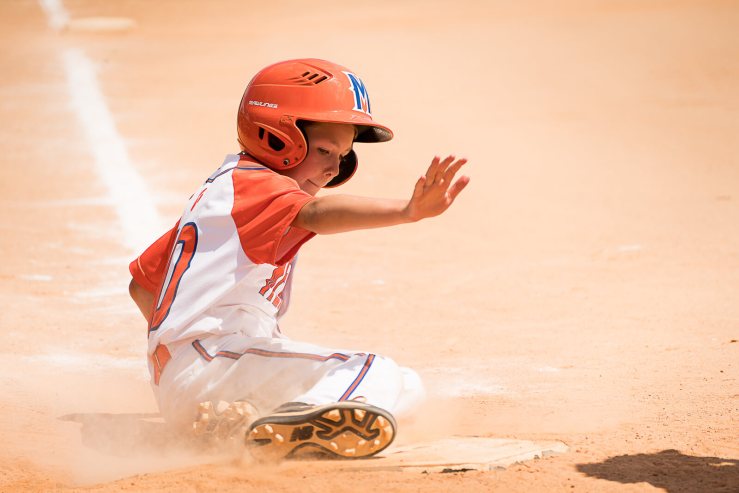

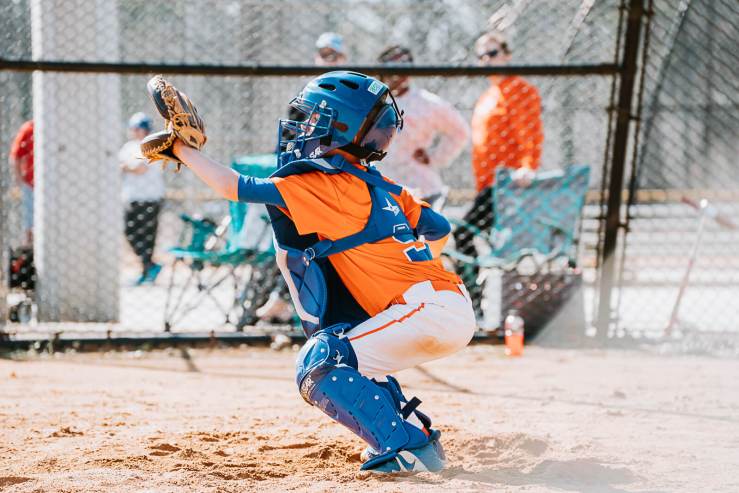
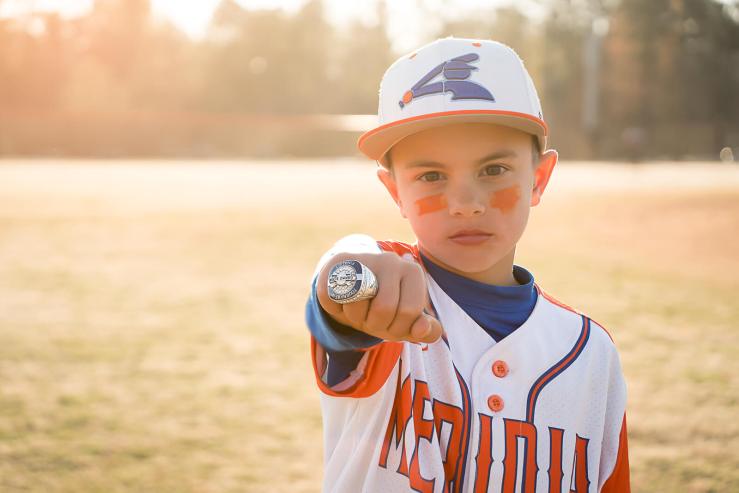
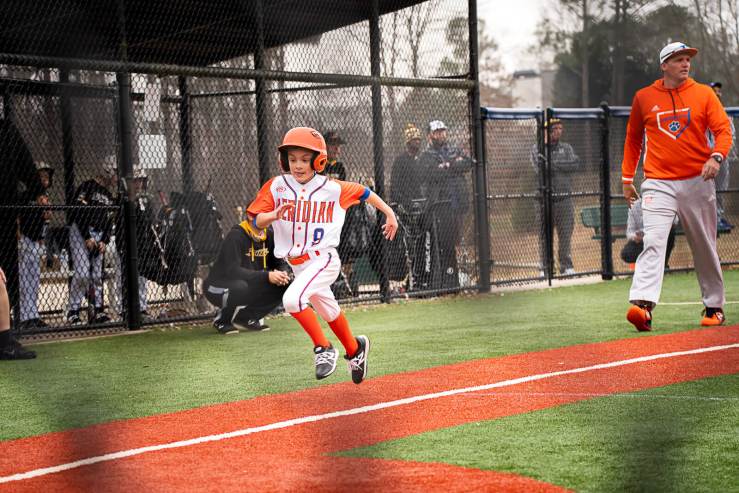
For Marcie, she shoots a lot of her son’s baseball games with her 70-180mm lens. It’s important for her to understand the game, in order to anticipate athletes’ movements.
“I listen to the coach and see who they’re talking to, who they’re asking to move and who they are telling to get ready,” she says. “I point my camera in that direction. So if a kid is up to bat and the coach tells the left fielder to move over a bit, my guess is that the coach can tell which way the batter is going to hit the ball. It’s headed in that direction.
“Know the sport you’re photographing. Just having some knowledge and experience with the sport will help you to anticipate where the action is going to happen, and where to point your camera to be ready! The most challenging sport to photograph is the sport you don’t know very well.”
The dreadful low-lit gyms: Basketball, volleyball and more
Now, we’ve all been at those sports inside high school gyms that aren’t exactly lit well. These can be challenging, as you have to manage boosting your ISO with picture quality, and having a fast enough shutter speed that helps freeze the action. After all, you can’t really use a flash when you’re shooting from the sidelines (unless you’re fancy and hang a remote flash from the rafters … but my guess is that very few of us can do that!).
An f/2.8 lens can be really helpful with lighting, like the Tamron 70-180mm. Marcie recommends that you start at around ISO 800, f/2.8 and 1/400s, noting that ”if you can get a higher shutter speed, I’d try for that!”
Another tricky part in gyms is managing your white balance. This can be tricky, and you often just need to rely on some post-processing skills.
“I would set my settings for the light I have, but know that the color in the images is going to be pretty warm. In post-processing, I would try and correct the white balance to not be so warm,” says Marcie.
Coming right at you: Cycling, running and more
.mgl-tiles { display: none; } #mgl-gallery-634eb98baea25 { margin: -5px; width: calc(100% + 10px); } #mgl-gallery-634eb98baea25 .mgl-box { padding: 5px; } @media screen and (max-width: 768px) { #mgl-gallery-634eb98baea25 { margin: -5px; width: calc(100% + 10px); } #mgl-gallery-634eb98baea25 .mgl-box { padding: 5px; } } @media screen and (max-width: 460px) { #mgl-gallery-634eb98baea25 { margin: -5px; width: calc(100% + 10px); } #mgl-gallery-634eb98baea25 .mgl-box { padding: 5px; } }
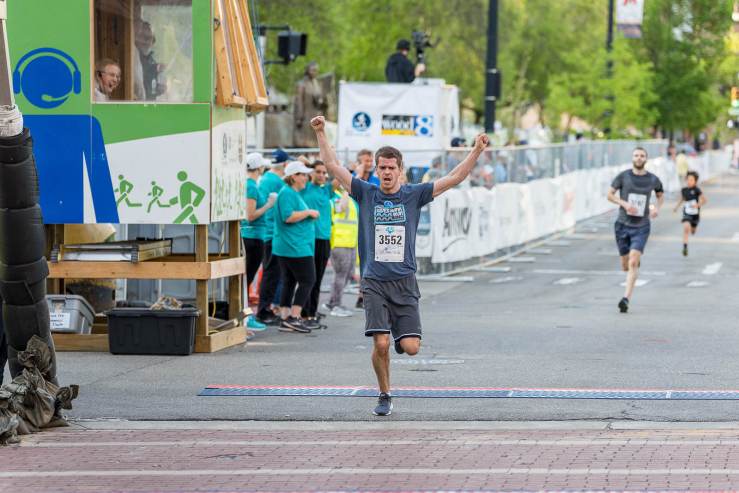
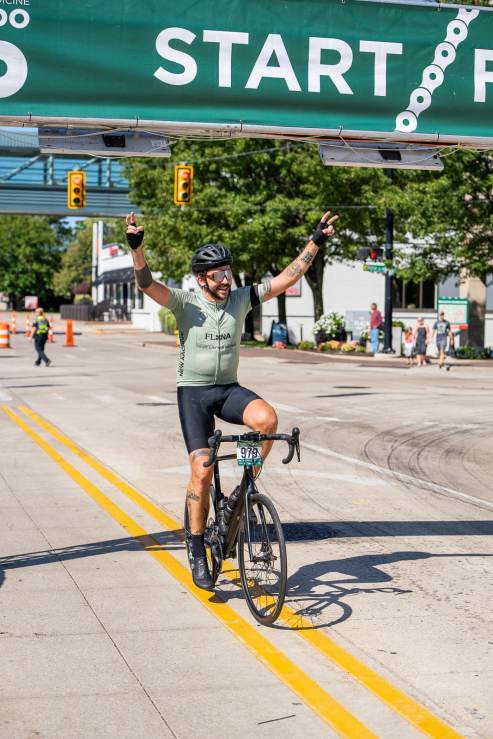
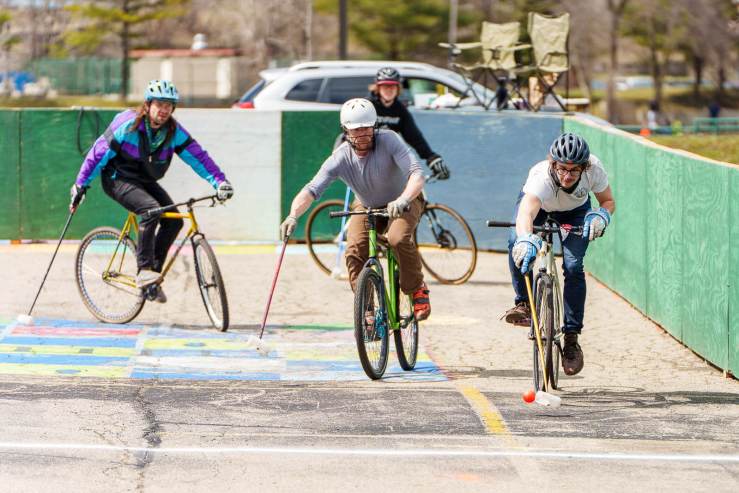
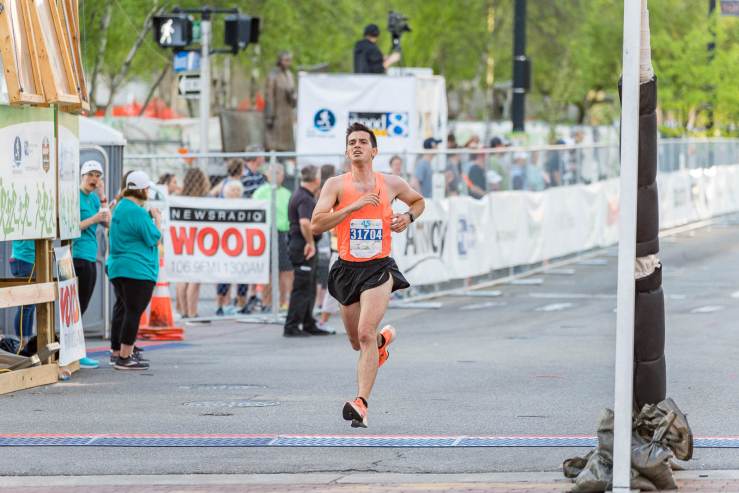
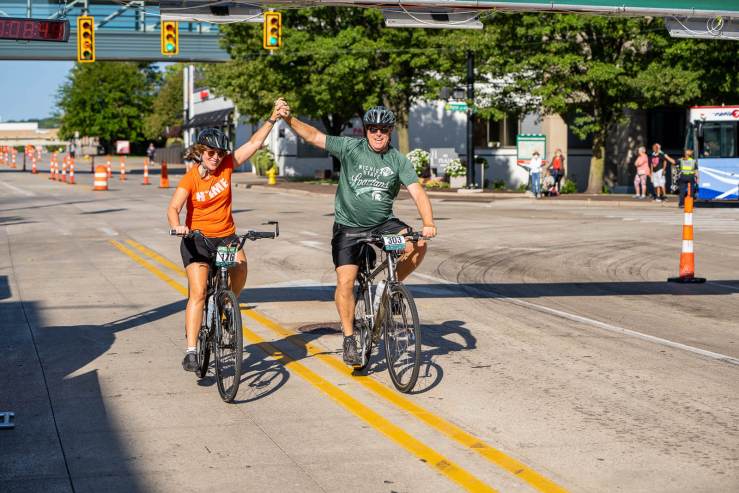
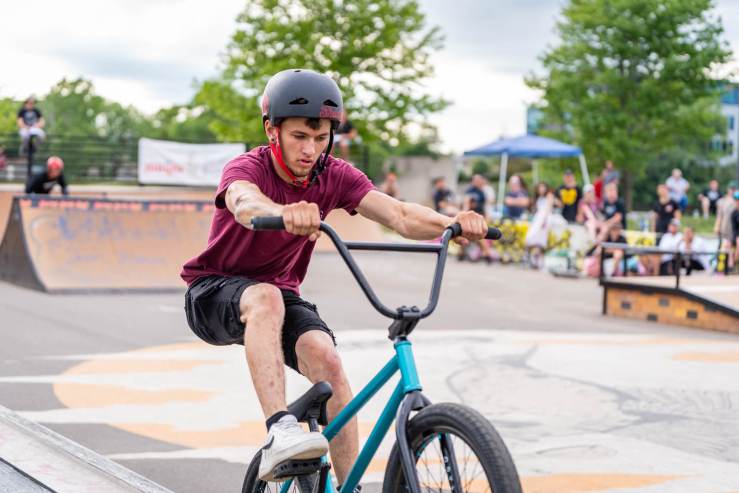
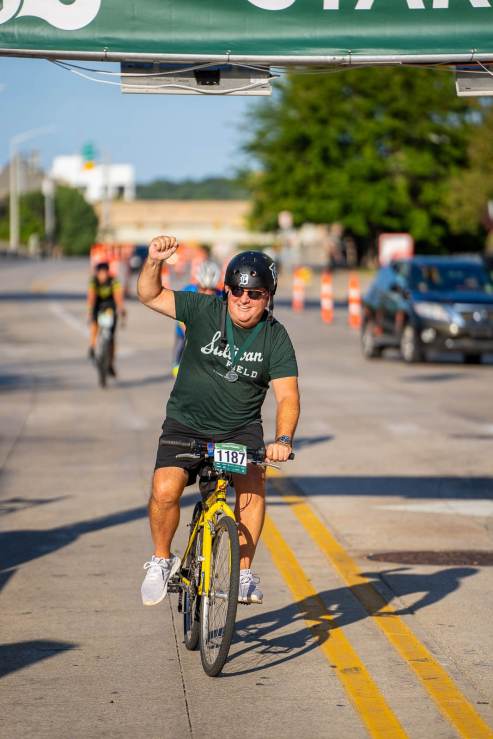
Over the past few years I’ve shot quite a few running and cycling races, in addition to other sports where athletes are charging directly at you. This is a little different than photographing them parallel from you, as your autofocus distance ultimately changes with each step (or pedal) they take.
Beyond relying on some good autofocus tracking (thank you, Sony!), Marcie recommends going back to your understanding of the exposure triangle.
”To make sure I can capture the movement and not lose focus, I raise my shutter speed,” she says. ”If that means raising my ISO so I can have a higher shutter speed, that’s what I do. The exposure triangle has to work together and be in harmony for images to look great, so I’ll make adjustments in aperture and ISO to balance out having a higher shutter speed.
“I’ll also make sure my focus points are right in the center, to make sure to grab the focus of my subject coming right at me.”
For me, I recommend going with a wider focal point (instead of a small point), so if the subject moves around the frame, you can still get her tack sharp. I’d also be prepared for changing lighting conditions, so utilizing Auto ISO might really work to your benefit to avoid you constantly having to change your settings throughout the day.
Know what to expect, and hit it home
If you think about it, sports photography really isn’t that much different from other genres. When you shoot weddings, you have an idea of the day and what to expect. It’s the same with sports. You have to understand the sport to really know what you’re capturing, and if you can do that, you’ll hit a grand slam.
Tell your story with the second annual Visual Storytelling Conference!
Experience four days of interactive, online training sessions featuring a range of educational content with experienced photographers and content creators. This free event kicks off with a series of technical boot camps to build essential skills, followed by live, online sessions on photography, video, business and social media. Join live from March 10-13, 2022!
